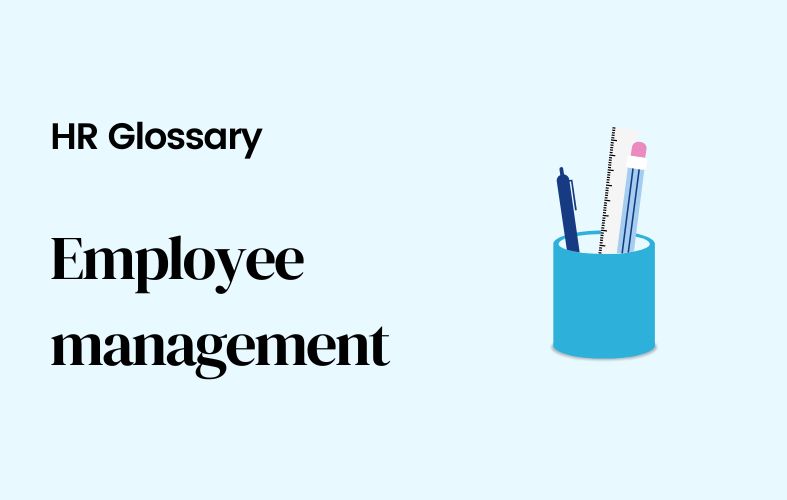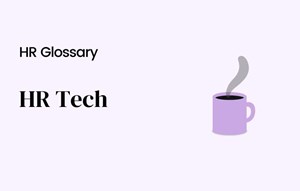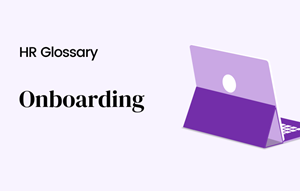Employee Management

[Sommaire]
What is employee management?
Employee management is the task of helping employees perform their jobs to the best of their abilities. It can take many forms and is a skill that managers must develop; people management is not something that comes naturally to most people.
The effectiveness of employee management is often the result of a manager’s experience and emotional intelligence. That is because a lot of employee management is a result of relationship building and effective communication.
How do companies use employee management?
There are a few different ways that companies manage employees effectively. The most common method is through performance reviews. This is where managers sit down with their employees and discuss what they have done well and what could be improved upon.
Another way for managing employees can be done through coaching and mentoring. This is where managers provide guidance and support to employees in order to help them improve their performance.
Finally, some companies use proper employee management software to track employee performance and identify areas for improvement.
What are the benefits of employee management?
There are many benefits to an effective employee management system. Perhaps the most obvious benefit is that it can help to improve employee productivity. When employees feel supported and know that their manager is interested in their development, they are more likely to be engaged with their work.
Another benefit of employee management is that it can help to reduce turnover. When motivated employees feel valued and supported, they are less likely to leave their job. This can save a company a lot of money in the long run.
It can also help to create a more positive work environment. When employees feel like they are being treated fairly and their voices are being heard, they are more likely to be happy in their jobs.
Are there any challenges with employee management?
Yes, there can be some challenges with the employee management process. One challenge is that it can be time-consuming; managerial relationships take time to develop and require regular communication.
Another challenge is that it can be difficult to manage employees who are not performing well. Having tough conversations with employees and giving constructive feedback can be challenging.
Finally, staff management can be challenging in fast-paced or high-pressure environments. In these environments, finding the time to have regular check-ins with employees or to provide adequate support can be difficult.
What are the best practices for good employee management?
Motivating employees to perform to the best of their abilities is not always an easy task. However, there are some talent management best practices that can help. These include:
1. Good communication
Employees need to know about projects, goals, and feedback, so it is crucial that managers share this information with them clearly and in a way that ensures employees will understand.
Communication works in both directions, so managers must ensure they are available to listen to employees when needed.
Everyone has a different communication preference; managers should try to understand what works best for their teams. Regular face-to-face time and one-to-ones are especially powerful in ensuring managers get all information across.
2. Building strong relationships
By making an effort to get to know their employees, managers will start to develop stronger relationships and a sense of trust. In turn, they will find it becomes easier to inspire employees to deliver their best work.
3. Reward and recognize
Recognition is a powerful tool in employee management. By recognizing and rewarding good work, managers can encourage employees to continue putting in their effort. What is more, this can show employees who might be underperforming what they could achieve.
Reward and recognition do not need to be costly to be effective. Budget-friendly ideas include a team member of the week award, being allowed to finish early at the end of the week, or taking a longer lunch break.
4. Support employee development
Many employees want to learn and improve at their jobs. Therefore, by developing a coaching style and supporting your employees to improve their skills and advance their careers, managers will be able to motivate them to do a better job.
5. Seek to understand
It is easy to assume that if someone is not performing well in their job, then it is because they are not interested or capable. But managers may find something else is bothering their team members by taking the time to understand what is happening with employees.
Health problems, domestic troubles, or money worries can affect an employee’s performance. If managers can help their employees deal with those problems, they will start to build a stronger bond and improve subsequent productivity.
How can you improve employee management?
Employee management can be difficult for some individuals to learn. Ways to improve it can include:
- Coaching and training to help managers learn employee management skills.
- Promoting individuals who show promise as people managers and not focusing on technical skills alone as a basis for promotion.
- Supporting employees to develop their emotional intelligence. This can contribute to more effective employee management.
- Creating a process that supports managers and employees. The performance management process can be a useful tool for supporting managers as they develop their employee management skills.
- Develop a listening culture. By truly listening to employees, managers will start to develop a better understanding of what their team needs from them. This, in turn, will help them give their direct reports the development and support they need.
What are the tools to use for your employee management?
Employee management requires different performance monitoring tools that depend on the stage of the employee lifecycle.
Onboarding:
Employee onboarding is the process of integrating a new employee into the company culture and ensuring they have the skills and knowledge they need to be successful in their role.
The onboarding process can be done in-person or online, but it should always be tailored to the individual.
Employee onboarding tools can include:
- An employee onboarding checklist can help managers ensure they cover all the critical points during the onboarding process.
- A welcome letter or email template can be used to send a warm and professional message to new hires.
- An onboarding guide can help new employees understand the company culture and what is expected of them.
Engagement:
Employee engagement is about creating a work environment that motivates employees to do their best work.
Employee engagement tools can include:
- An employee satisfaction survey can help managers gauge their team's engagement and identify areas that need improvement.
- An employee recognition program can help managers show their team members they appreciate their hard work and dedication.
- A communications policy can help managers ensure employees are kept up-to-date on company news and announcements.
Performance management:
It is the process of setting goals and tracking progress to ensure employees are meeting their objectives.
Performance management tools can include:
- A performance review template can help managers structure their performance reviews and ensure they cover all the key points.
- A goal-setting worksheet can help employees identify specific and measurable goals to work towards.
- A performance improvement plan can help managers address issues with an employee’s performance and help them get back on track.


